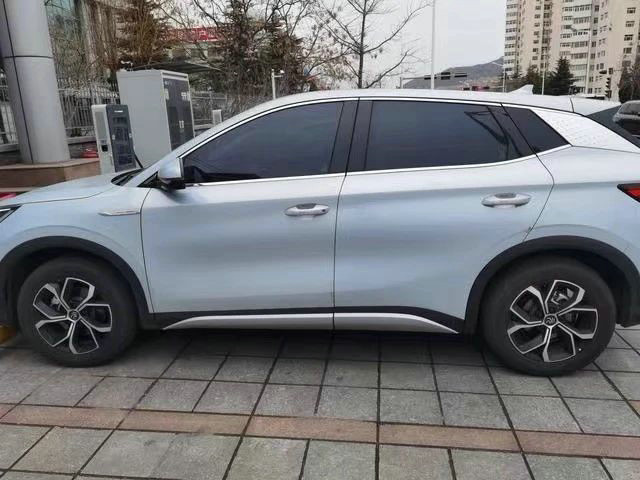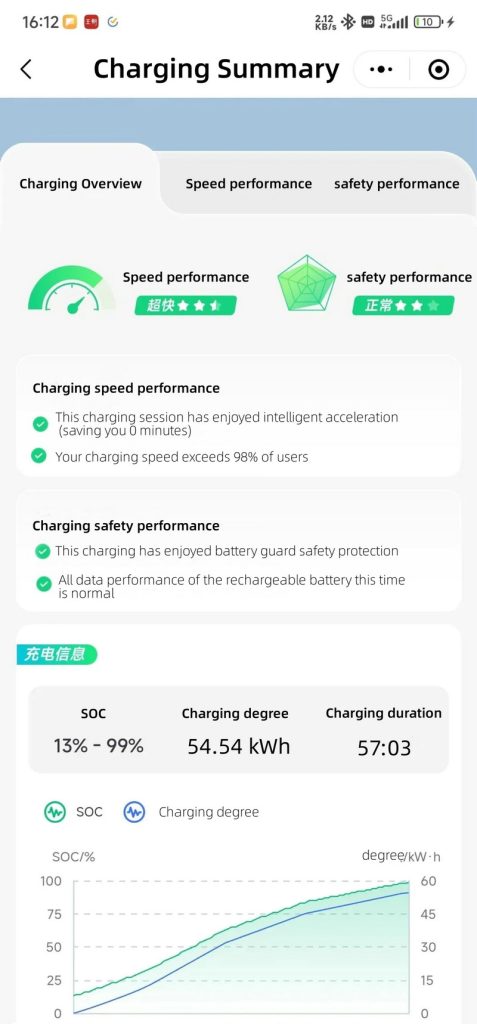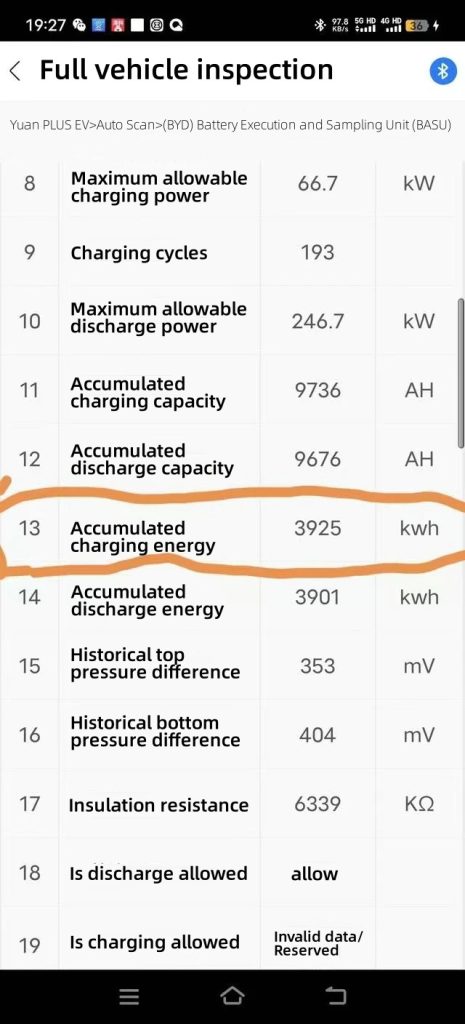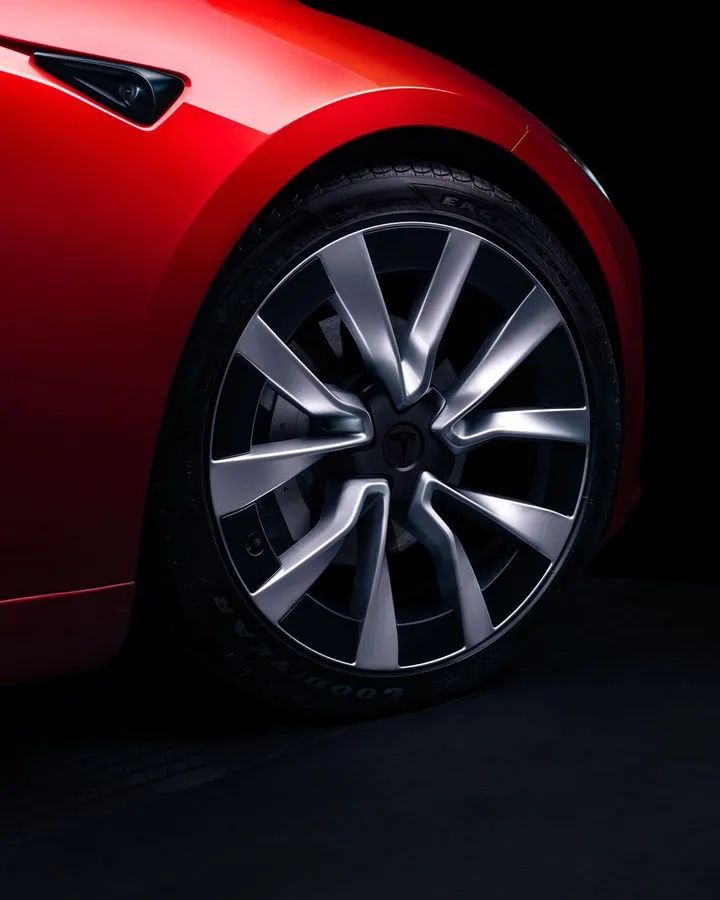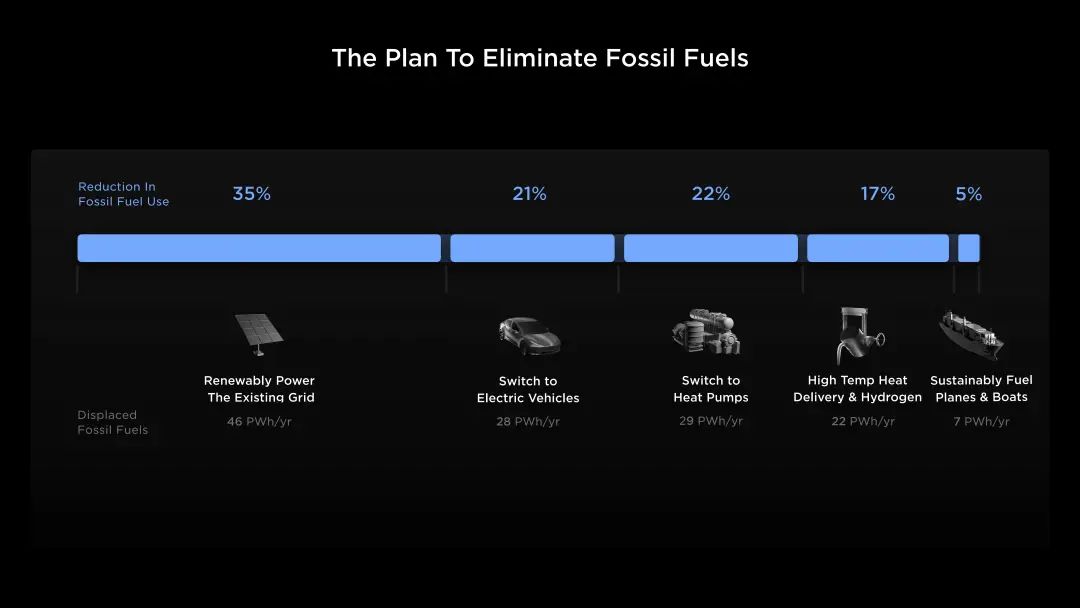How is the driving experience of the BYD Yuan Plus (Atto 3)? The owner who drove 50,000 kilometers in just 8 months has the most say.
After the launch of the Yuan Plus Honor Edition, many netizens have shown interest due to its low price. Many of them are curious about the real driving experience. Here, we have invited an owner who has driven 50,000 kilometers in just 8 months in a car enthusiasts group. I believe this owner has the most authority to answer the question of whether the Yuan Plus is worth buying.
 BYD Yuan Plus owner in a car enthusiasts group.
BYD Yuan Plus owner in a car enthusiasts group.
Let's start with the price. The base model, priced at 51,000 yuan, cost nearly 150,000 yuan when purchased. There were basically no discounts, and the freebies were not very useful. The so-called ten free maintenance services only cover the inspection labor costs, and any repairs or replacements require additional payment.
The price drop for the Yuan Plus was quite significant. In just six months, it dropped by 20,000 yuan compared to the Champion Edition. When buying the car, I originally wanted to wait for the Champion Edition, but the salesperson said it wouldn't be available until next year. However, less than half a month after I received my car, the Champion Edition arrived at the dealership.
And now, with the price drop of the Honor Edition, it's like having the car for six months and then seeing its price drop by another 15,000 yuan. The resale value of this car is impossible to calculate.
The acceleration of the electric car is quite fast, and overtaking on the road is basically effortless. Now, I don't even pay attention to energy consumption. I just drive comfortably.
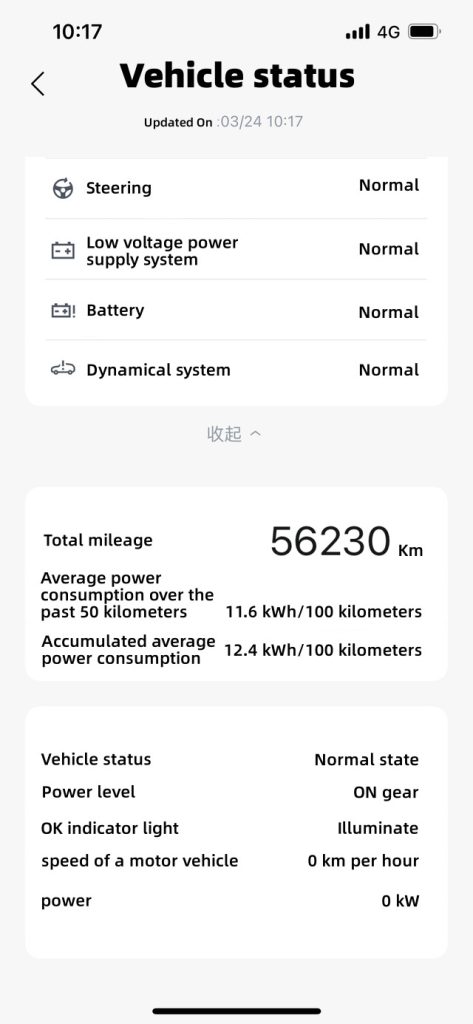 Vehicle status displayed on the app.
Vehicle status displayed on the app.
Range issue: In urban and highway driving, the range is quite practical. The air conditioning is always on at around 23 degrees Celsius. In a day of driving, I can cover around 420 to 450 kilometers. However, the battery drains faster when driving at high speeds. I've tested it during a speed interval and maintained an average speed of 118 km/h over a 30-kilometer distance, which resulted in a 10% battery drop. Driving below 110 km/h on the highway saves a bit of power, but at around 130 km/h, a 10% battery drop only allows for a 30-kilometer range. I use the standard mode in the city and on the highway, and the sport mode on the highway. I haven't really used the ECO mode.
Charging is an issue. When charging at home with the provided 7 kW charger, it takes about an hour to charge 10% of the battery. With fast charging stations outside, the charging power is only around 80 kW when the battery level is below 65%, and it drops by half to 40 kW when it goes above 65%.
The advantages have been mentioned by everyone, so I'll point out some shortcomings I discovered during the usage process for reference.
Firstly, the seats. After six months of driving, they are quite uncomfortable no matter how I adjust them. My lower back feels uncomfortable, and I had to add a lumbar cushion to make it slightly better.
The steering feels a bit loose, especially when parking. It's noticeable that the steering is not very precise.
Due to it being an electric car, most functions are concentrated on the central touchscreen, which results in more bugs and inconvenience. I encountered an issue with the air conditioning airflow, sometimes blowing strong, sometimes weak, but it hasn't occurred after an upgrade. There were also instances where the headlights would inexplicably turn off for 1 to 2 seconds, which gave me quite a scare while driving on the highway at night. However, it was resolved after an upgrade.
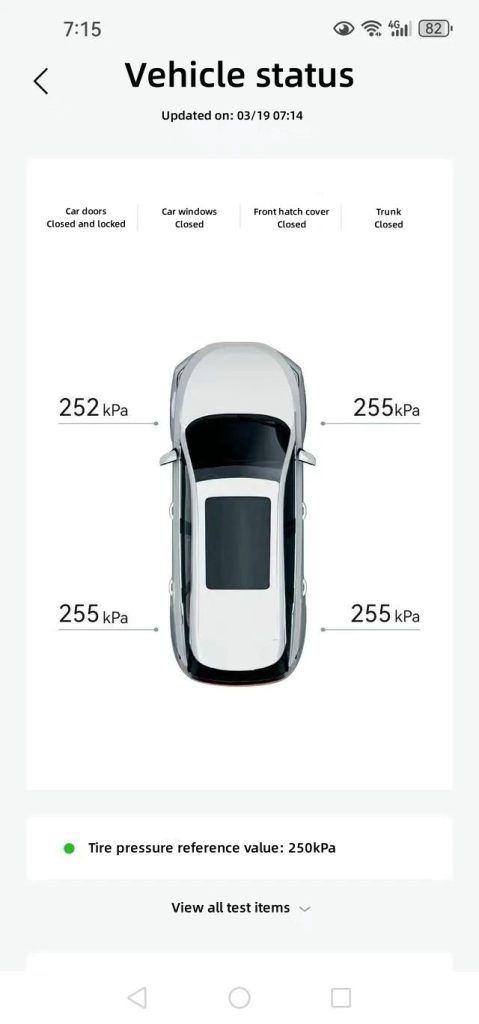 Vehicle status displayed on the app.
Vehicle status displayed on the app.
Currently, there are times when there's no sound when turning left or right or when using the hazard lights. The left front speaker doesn't make any sound at times, but it starts working again after some time. The voice of the music and navigation sometimes overlap, and the navigation voice can become hoarse. I asked the dealership, and they said it needs an upgrade, but I haven't had the chance to do it.
The front tires have almost reached their replacement limit, with less than 60,000 kilometers driven. The rear tires are still in good condition with minimal wear.
Regarding the battery jump issue of the Yuan Plus, here are two methods provided for car owners to check if their vehicle's battery is locked.
Method 1: Formula Method
Here is a charging formula provided for car owners. It is not guaranteed to be 100% accurate, but it is fairly reliable.
First, let's introduce the formula: Total battery capacity × charging percentage × 1.05 = Normal charging capacity.
Taking the Yuan Plus as an example, the total battery capacity for the 510 model is 60, and for the 430 model, it is 50.
The charging percentage is straightforward. It indicates how much you have charged, and the BYD APP will notify you of the exact percentage.
1.05 is the charging capacity loss factor.
For the Yuan Plus 510 model, charging from 13% to 100%, the normal charging capacity would be 60 × 0.87 × 1.05 ≈ 54.81 units.
Then, you can check the charging summary on the charging app to see how much capacity has been used. For home charging stations, you can check with the national power grid.
Method 2: OBD Detection Method
Using the Yuan Plus 510 model as an example, discharge the battery to 0 and use an OBD device to detect the number of ampere-hours and kilowatt-hours consumed. Then, charge the battery slowly until it reaches full and leave it plugged in for 8 hours.
By using the OBD device, you can measure the ampere-hours and kilowatt-hours charged into the battery. This will provide information on how much the battery has been charged. When discharged to 0, there should still be around 5 units of capacity remaining. If the battery has a total capacity of 60 units, it should be able to charge up to 55 units. Do not rely on external power meter readings, as they may be inaccurate.
If the 4S dealership does not use this method, it would be of no use. It is accurate to say that the 4S dealership also uses the OBD detection method to check the battery. The advantage is that if there are any issues, you can directly bring the OBD data to the 4S dealership, which makes it easier for them to identify the cause of the range jump issue.
The above is the full content of How is the driving experience of the BYD Yuan Plus (Atto 3)? The owner who drove 50,000 kilometers in just 8 months has the most say.

